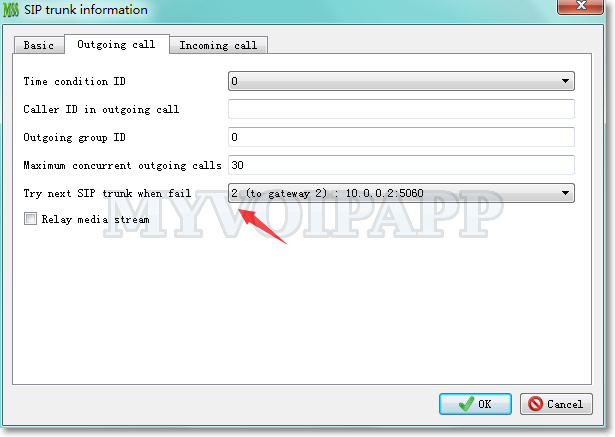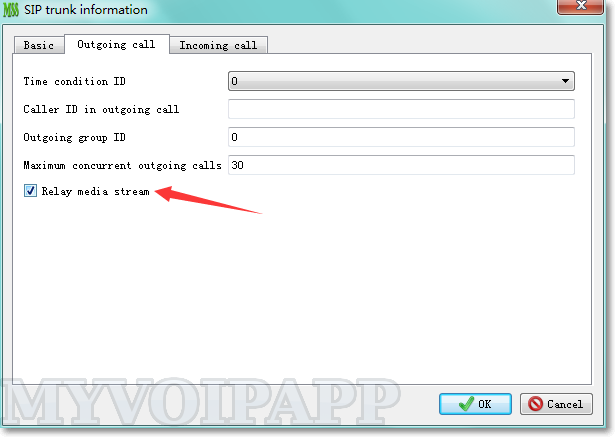T-MSS and L-MSS
Some customers deploy several miniSIPServer nodes to build their unified VoIP network around the world.

We give a simple document to describe this network and its configuration. There are two important concepts: T-MSS and L-MSS.
L-MSS means “Local miniSIPServer” which are deployed in local branches or offices to service their local SIP phones or gateways.
T-MSS means “Trunk miniSIPServer” which is used to bridge all L-MSS servers.
Please click here to get more details.

